Since Canada is so large, it has a number of different climate zones with different conditions (called hardiness zones), and what grows well in one hardiness zone may not do well in another. Here are the best fruit trees to grow by province, with suggestions for the varying hardiness zones within them.

British Columbia
British Columbia is one of the larger provinces, so it’s important to consider what hardiness zone you’re looking to plant in. Consider your climate and look up the hardiness zone because they vary within the province from 1a to 10b.
For northern parts of the province, look for cold-hardy fruits like pears and Honeycrisp apples. If the prairies are Canada’s breadbasket, Okanagan is Canada’s fruitbasket, and you have a lot more versatility. Consider planting peaches, pears, plums, or cherries.
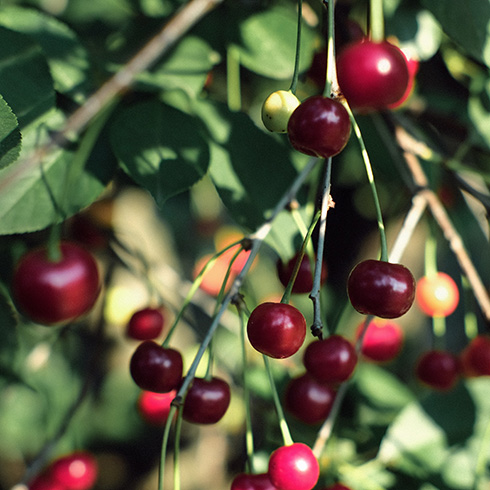
Alberta
A surefire way to ensure you plant fruit trees that will thrive in your province is to plant fruit trees that are native to or developed for your province. The Evans cherry was developed in Alberta, a climate that was previously thought to not be conducive to cherries. This hardy sour cherry is great for pie filling and preserves.
Plums are also a relatively hardy fruit and can do well despite Alberta winters. Mount Royal plums are hardy enough for the cool weather, and they are self-fertile, meaning they can pollinate themselves, which makes them a great option if you only have space for one tree.

Saskatchewan
Maybe it’s a little obvious, but Saskatoon berries – also known as serviceberries or sarvisberries – will do well in their native Saskatchewan. Saskatoon berries are great in jam, and your local bees and other pollinators will thank you.
Other options include Dwarf sour cherries, developed at the University of Saskatchewan with the province’s climate in mind and Valentine sour cherries.
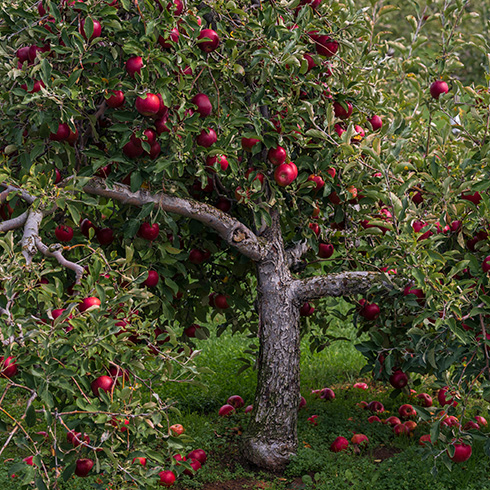
Manitoba
Crab apples are deeply underrated, especially if you love baking, as they make for an intensely apple-y pie filling. They’re also hardy enough to survive those prairie winters, and are great pollenizers, meaning they’ll pollinate other apple trees in your yard or your neighbourhood.
If cherries are more your speed, Nanking or Valentine sour cherries are also great options.
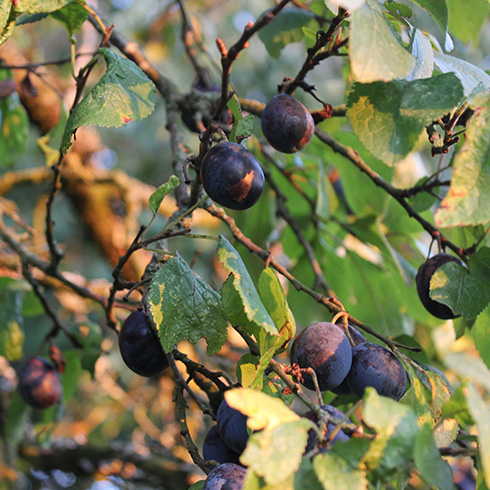
Ontario
Choosing fruit trees for Ontario can be tricky because of the province’s size and differing climates. Honeycrisp apples are a hardy variety that would do well in Ontario’s the cool weather, chilly springs and lengthy falls of Northern Ontario. Heat-loving Damson or French plums would thrive in Southern Ontario’s balmy summers but are still hardy enough to survive the winters.
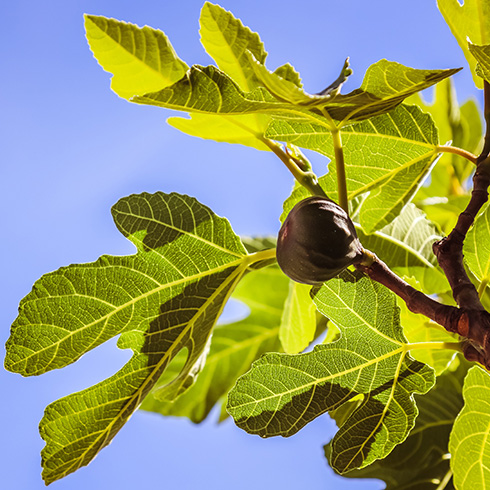
Québec
Québec is the largest of the provinces, so varying climates is of course a challenge to contend with. Your best bet is to look up your city’s hardiness zone and tailor your searches to that.
As a starting point, Bing cherries offer an abundant harvest and do well in the summer heat. Chicago and Brown figs are pest-resistant, which is one of the challenges with fruit trees.
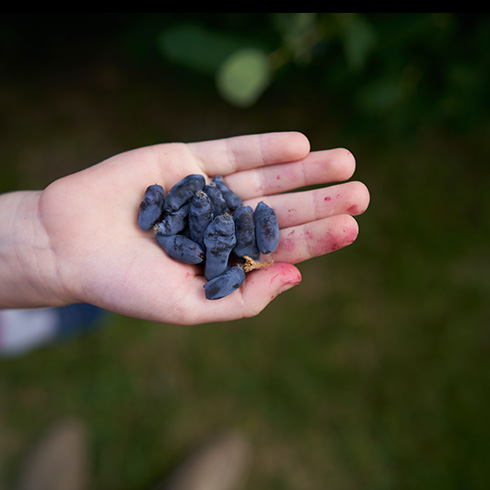
New Brunswick
New Brunswick has tons of wild berry bushes, which shows it’s a great place to plant berries. Haskap berries look like an elongated blueberry or purple grape, and taste like a cross between a blueberry and a raspberry, albeit less sweet. University of Saskatchewan berry researchers have modified the haskap berry for Canadian winters, so they’ll survive the cold and snow New Brunswick can sometimes get.
If you were hoping for a more conventional tree (as opposed to a bush), Bartlett and Anjou pear trees are both cold hardy and drought resistant, making them a good fit for maritime summers and winters.
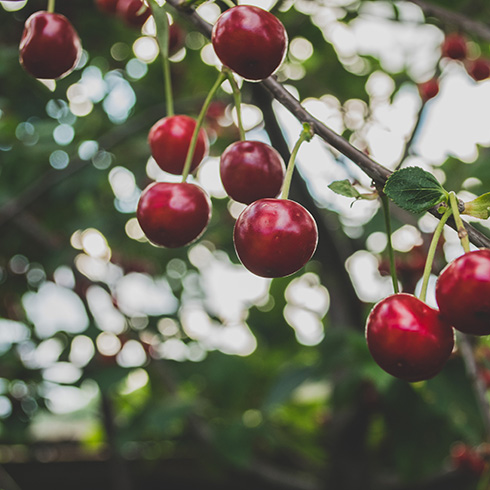
Prince Edward Island
Another important factor when deciding which fruit trees to plant (and how many) is pollination. Most fruit trees have male and female flowers growing on the same tree. However, because cross-breeding with other trees yields genetically stronger trees, many fruit trees actually can’t self-pollinate.
So if you’re low on space or just looking to plant a single tree, look for self-fertile cultivars. For example, most sour cherries (like Nanking) and Damson plums can self-pollinate, so you can have just a single fruit tree rather than a pair (or a whole orchard!).
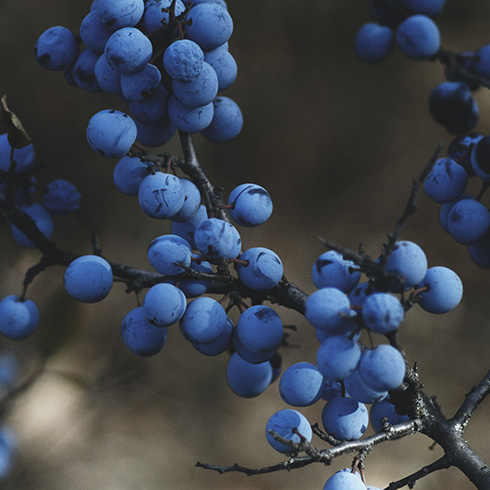
Nova Scotia
Nova Scotia produces lots of apples and cherries. For apples, look for hardy varieties like Honeycrisp and Red Delicious or even crab apples. Berries like blueberries are also a great option and can yield an abundant harvest.
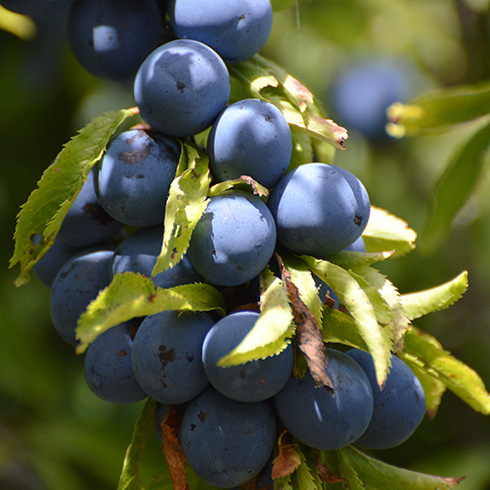
Newfoundland and Labrador
Newfoundland and Labrador has a relatively short growing season, with early autumns and chilly springs. This can make growing fruit trees a bit challenging. Opt for cold-resistant varieties like green gage and Damson plums, Bartlett or anjou pears, and sour cherries.
HGTV your inbox.
By clicking "SIGN UP” you agree to receive emails from HGTV and accept Corus' Terms of Use and Corus' Privacy Policy.




